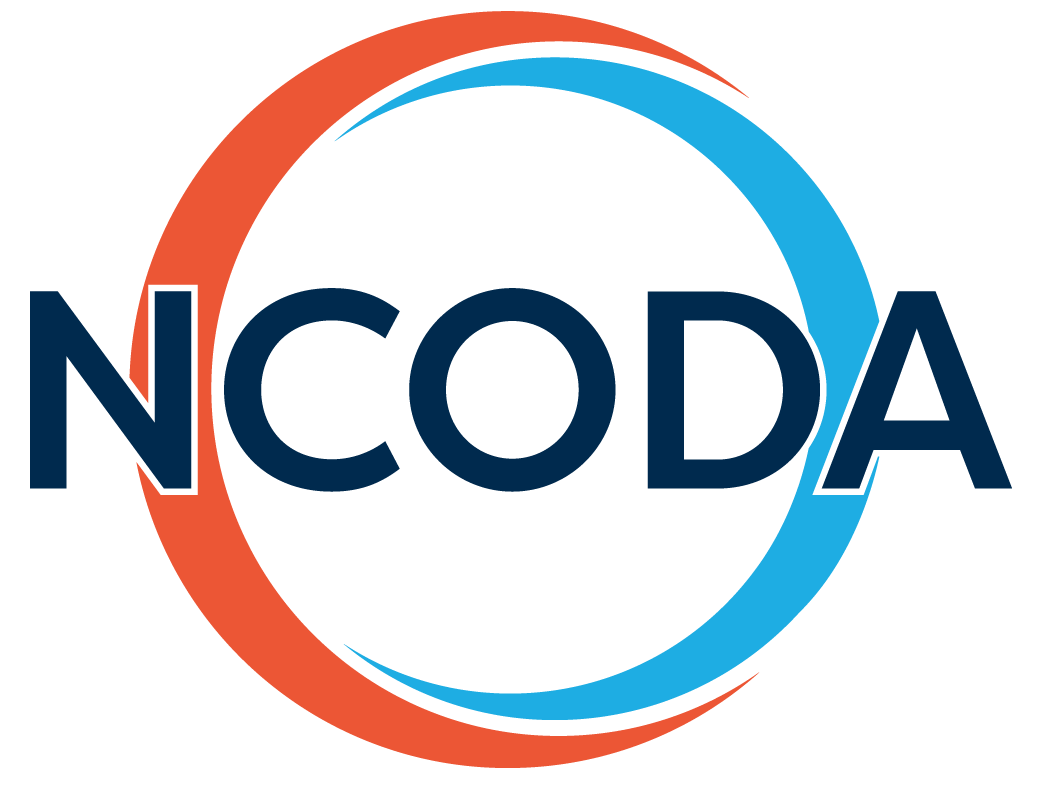By: NCODA Editorial Team
While the industry continues to work toward greater transparency, the changes to the direct and indirect remuneration (DIR) fees in 2024 have been a significant topic for our member organizations. Over the years, DIR fees have caused confusion and financial surprises for pharmacies across the U.S. given implementation and differences in charges based on pharmacy benefit managers policies, and overall lack of transparency. The elimination of retroactive DIR fees in 2024 adds clarity to aspects of pharmacy financials, but there is concern too about the impact of the transition period on patient care, up-front costs, and the long-term impact to the financial model.
We sat down with Jonas Congelli, RPh, Chief Strategy Officer and Nick Bouchard, PharmD, Director of Pharmacy Services of Hematology-Oncology Associates of Central New York to get their thoughts and impressions on the first quarter of the transition to the new rules.
In your experience, how has patient care or medication access changed thus far in this transition process?
Jonas- I think it’s a good thing that retroactive DIR fees are eliminated, but the challenge we face is that we’ll still have them taken out the first half of the year for 2023 claims. Even though they have gone away, we’ve seen a decrease in reimbursement at the same time. It’s a double hit. The transparency is great but decreased reimbursement, coupled with DIR fees at point of sale and 2023 retroactive DIR fees all at the same time makes it challenging. We knew the DIR change was coming and prepared for it, but I think the impact of the lower reimbursement has been harder.
Nick- We haven’t turned any patients away or denied care, but it has forced us to re-think some things based on reimbursement. We find funding, copay cards, whatever we can for patients to avoid any disruption or delay in care.
Jonas- That level of effort isn’t new for us; we have always tried to treat patients holistically. We believe care will be better that way. Community oncology practices have really funded the healthcare system in this way for a long time, including some loss to be able to provide quality care for our patients and shield them during a difficult time in their lives.
One of NCODA’s primary concerns as an organization has been the potential for any delays in treatment. Have you seen any challenges in this area to-date that you would attribute to greater challenges in reimbursement rates or having to work through alternative channels?
Nick- We haven’t had to make any major process changes yet. I believe the level of transparency is good and we have been fortunate that we were in a good position in terms of our process, but we are definitely reviewing and examining the financial impact more than in the past. I expect that we’ll continue to look at the impact of costs throughout the year, even after the DIR fees are complete by mid-year. The reimbursement and DIR changes are changing how pharmacies need to look at costs actively.
Have you seen any challenges with maintaining the integrated, continuity of care for patients? Has there been any impact on interdisciplinary communications that are so important to delivering the best possible outcomes?
Jonas- Yes for sure. We have had to do more in this sense. We always try to do as much as possible to shield patients from the financial challenges of care as do most community oncology providers. We’ll get prior authorizations, apply for financial assistance, contact the mail order pharmacy, and tell them that a patient is qualified for support and ensure that is applied. We do all these things because we believe in the continuity of care and can’t be guaranteed that a mail-order pharmacy or any other provider might do that. Our experience has been that the patient must ask for assistance, and we always offer and do all we can to reduce the amount a patient has to pay. We will do everything possible to get medications in the hands of our patients.
We’ve dealt with the continuation of care following changes to the Stark Law enforcement. When we couldn’t mail medications to a specific patient due to Stark , they had to fill elsewhere, but they now drive two hours each way to get the medications from our team because of the negative experience they had with a mail order pharmacy.
Overall, what are your impressions of the changes and impact to-date on transparency?
Nick- I like to see the transparency to know where we stand and have that visibility. Is it helpful overall? Not really with the reimbursement rate and the challenges that piece presents. We will work with patients and the rates, even losses as long as we can, though.
Jonas- The win would be that we know what will happen and that we aren’t going to have anything clawed back three to six months later. So, that is great. The under-reimbursement will be continually worked on. We hope that CMS and others can provide support on that front. I don’t think anyone expects us to lose financially on every transaction, but I would estimate that probably 20 percent of patients are under reimbursed. That’s a cost we carry and that’s the reality of it. We hope that our representatives will recognize that and work toward fair reimbursement.
How has your staff had to adjust to communicating to patients all these changes that might impact their care?
Nick- I think we do an excellent job in sheltering our patients on the financials. I can count on one hand the number of times we have had to send a prescription out and that it was dictated by their coverage. We still do all the authorization and support and work with the mail–order pharmacy to ensure that the medication is still delivered, and the patient understands the process. It takes time, but we are advocates for them.
Jonas- It can be challenging to have to explain or have those conversations with a patient. We never had to do that before, so it is an unfortunate conversation that anyone must have. Most patients don’t have a really deep understanding of how their insurance policies work or may impact care and it’s tough- all they want to do is have a good experience and get home to focus on their recovery, and that’s what we want to deliver, but coverage costs are creating tough situations.
What are some of the key benefits of the medically integrated pharmacy model and care and why is that so important right now?
Nick- It’s very personal for me. You’re really an advocate for the patient. We get to know them, and it’s nice when they know you by name. They are in the office with us, and we see them regularly.
Jonas- For me, there has always been a disconnect in how oral therapies have been managed in oncology pharmacy. They always went through the traditional pharmacy route, but you lose track and visibility on what is happening with the patient that way. We believe all medications should be treated the same way to get them to patients and have the insight to ensure they are taking it and doing well. It’s disrupting the old model. It’s the way to offer better care. Why wouldn’t we do it this way? The old model is broken.
Being managed within the oncology practice allows us to know when they are coming in, what dose they are getting, taking it, labs are being ordered and seeing their oncologist. We have the appointments with them and the relationship. It’s about management and delivering and managing ideal care. HOA is a special place; it’s all we do.
In closing
In a year filled with many changes, it is clear that NCODA members remain committed and focused on the impact of medically integrated oncology in transforming patient care and outcomes. Thank you to Jonas and Nick for their insights and participation in our member interview series. Each quarter, you will hear from members on meaningful, timely topics in the world of oncology care and operations.






